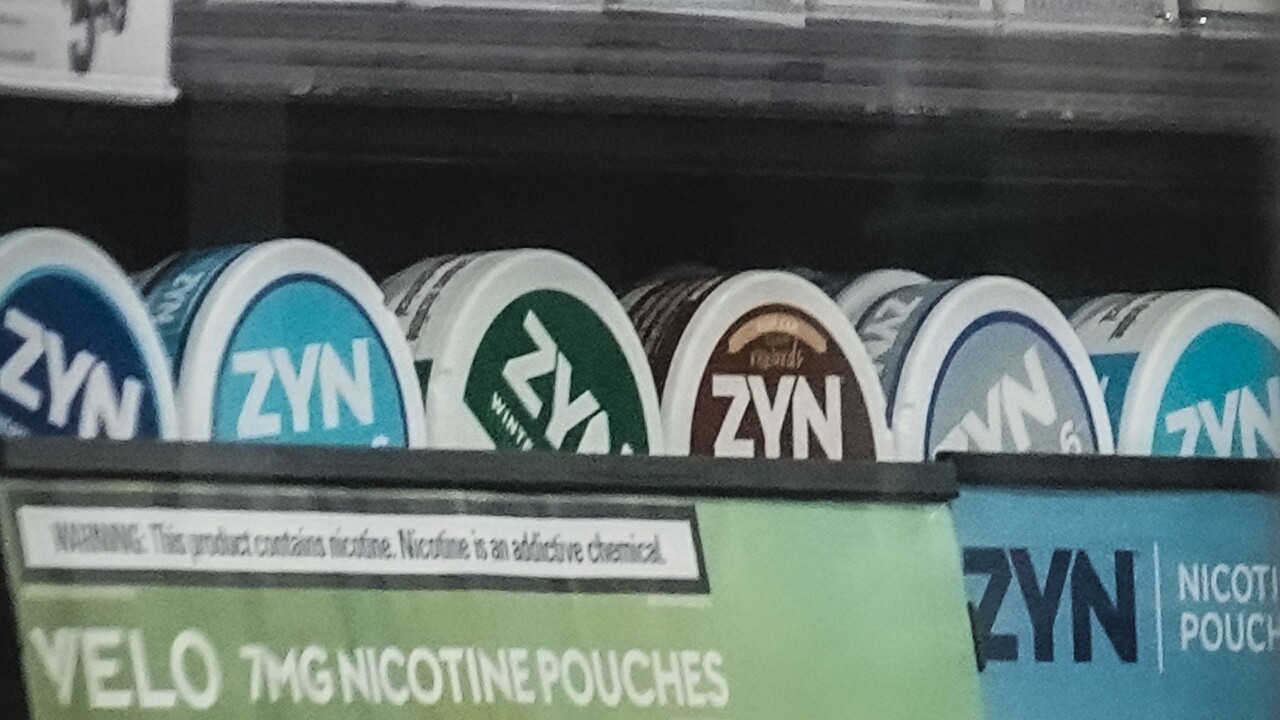A significant increase in nicotine poisonings among toddlers and babies has been reported, primarily linked to the rising popularity of nicotine pouch products. A new study published in the journal Pediatrics reveals that incidences of nicotine exposure in children under the age of six have surged, particularly due to accidental ingestion of items such as vapes, gums, and lozenges.
According to the research, the majority of poisoning cases involved children under the age of two, who were exposed to these products within their home environments. This alarming trend highlights the urgent need for parents and caregivers to be aware of the risks associated with these easily accessible nicotine products.
Staggering Rise in Poisoning Cases
The study indicates that while overall types of nicotine exposure decreased after 2016, poisonings linked to nicotine pouches, such as Zyn, experienced an astonishing increase of over 760% between 2020 and 2023. Researchers noted that ingestion of nicotine pouches is significantly more likely to result in serious medical outcomes and hospital admissions compared to other nicotine formulations.
The rise in nicotine pouch usage has been particularly pronounced among teenagers and young adults, with the Centers for Disease Control and Prevention (CDC) identifying these products as the second-most-used nicotine option among youth. The pouches, which are placed between the lip and gum, offer a smokeless alternative to traditional nicotine products, but their popularity raises concerns for child safety.
Understanding the Risks
As nicotine pouches become more commonplace, the potential for accidental ingestion by young children increases. The ease of access and colorful packaging may attract the attention of toddlers, who are often unaware of the dangers. The study’s findings underscore the necessity for stricter regulations and educational campaigns to inform the public about the risks associated with these products.
The implications of the research raise crucial questions regarding the marketing and distribution of nicotine pouches, especially to a demographic that is not the intended user. Parents and guardians are urged to take precautions, ensuring that such products are stored safely out of reach of children.
The findings of this study serve as a wake-up call for both consumers and policymakers. As nicotine pouches gain traction in the market, addressing the safety of children must become a priority. The combination of rising popularity and increasing cases of nicotine poisoning presents a clear need for action to protect vulnerable populations.
In conclusion, the surge in nicotine poisonings among young children linked to the use of nicotine pouches is a growing public health concern. It is essential for families and communities to remain vigilant and informed to prevent further incidents.
